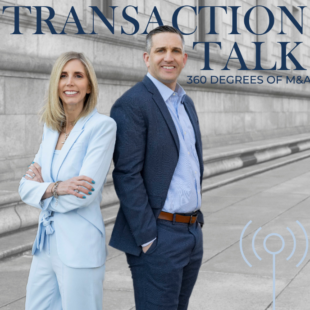“This is the world now. Logged on, plugged in, all the time.” Although this quote is from a fictional character (John Connor) in a fictional but fantastic movie (The Terminator), the point echoes true these days. Don’t believe me? Look no further than the newest technological disrupter: Chat Generative Pre-training Transformer. This platform, commonly referred to as “ChatGPT,” is a natural language processing tool that allows you to have a conversation with a chatbot (a computer program designed to simulate conversation) in order to obtain a wealth of information in a short period of time.
ChatGPT became publicly available on November 30, 2022. ChatGPT operates by scraping existing data available on the Internet (since November 30, 2022) to provide you with answers to your questions and requests. In this short period of time, ChatGPT has upended the world of artificial intelligence, or “AI.” After all, ChatGPT appears to be that very kid we hated in high school or college for being too good at everything. ChatGPT passed AP exams. It passed the U.S. Medical Licensing Exam. It even – without a nose – passed the exams to become a certified sommelier.
No doubt, having a technology of this caliber could benefit your workplace. It’s a technology which promotes efficiency by offloading certain tasks to an automated process. It can help prepare job descriptions, offer letters, and more. It can prepare a slide deck or presentation that you need to provide to subordinates. It might even provide talking points on communicating with problematic employees, prepare performance improvement plans or, if necessary, provide input for terminating employees for cause.
Life would be great if we ended the story here and waxed poetic on all of the virtues of AI. Sadly, that is not the case. (Remember The Terminator?). There are serious pitfalls and issues in relying on ChatGPT. Since the technology scrapes existing data, if a historical trend of bias exists, then ChatGPT is likely to pick up on it. This includes, unfortunately, racial profiling and gender discrimination and stereotypes. Four federal agencies submitted a Joint Statement against discrimination and bias in automated systems, but to date there are no federal regulations governing ChatGPT. An employee’s use of ChatGPT also may result in employees providing sensitive and/or proprietary information to a third party. This has resulted in some employers banning the use of ChatGPT.
These issues may be perceived as “imperfections” or “growing pains” for AI technology. For you – as an employer – they may mean legal ramifications. What if your employee makes a hiring or firing decision based on ChatGPT? What happens if your employee inputs your (or a customer’s) proprietary information into ChatGPT? How do you handle your employee submitting work product that, it turns out, was written not by the employee, but by ChatGPT?
So, what should an employer do about this new technology? There is, of course, no “one size fits all” solution. Employers should consult with counsel to ensure that their policies and practices set them up for success, not just today, but tomorrow as well. As once stated by scientist Amit Ray, “[a]s more and more artificial intelligence is entering into the world, more and more emotional intelligence must enter into leadership.” The same may be said for employers and their use of AI: the tool may be a good starting point; however, human management of the content and process remains essential. For now.
Adam G. Gutbezahl is an associate in RIW’s Litigation Department, Employment Law Group, and Commercial Real Estate Group. He can be reached at (617)-570-3502 or agg@riw.com.





